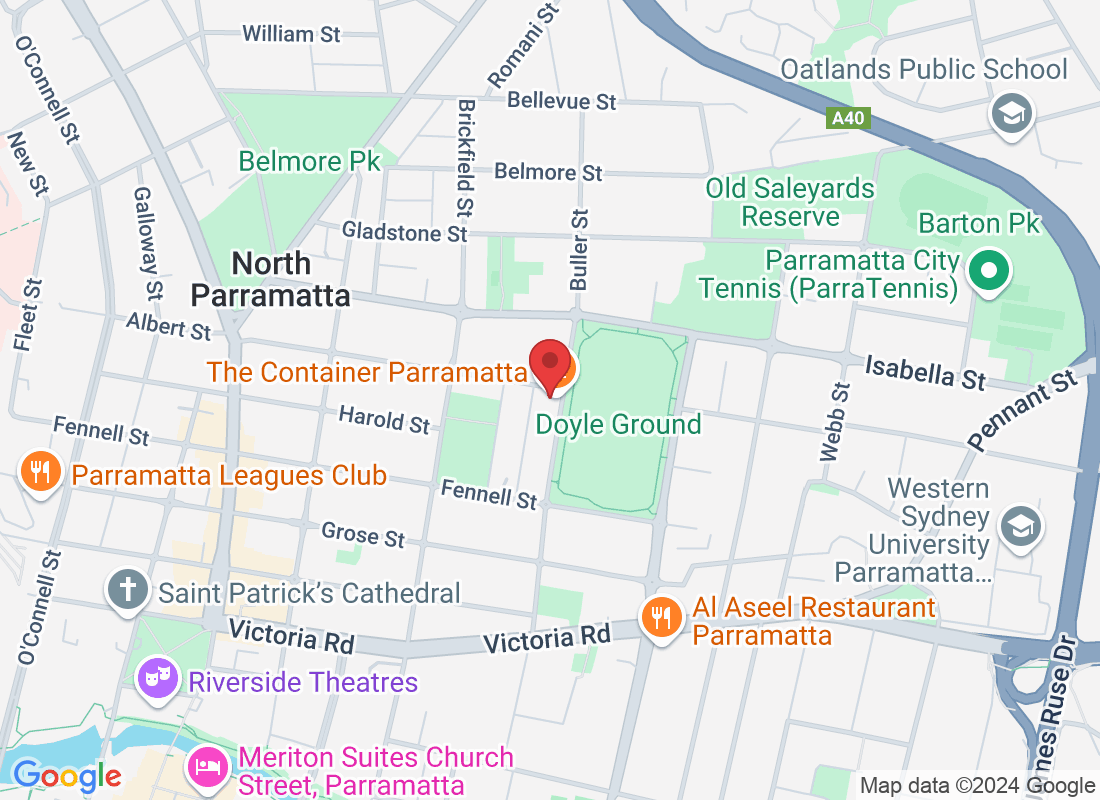
Sports Injuries and Neck Pain: How Physiotherapy Helps Athletes Recover
Neck pain is a common issue among athletes, whether from direct impacts, overuse, or poor biomechanics. Sports that involve high-speed movements, collisions, or repetitive strain can put immense stress on the cervical spine, leading to discomfort and restricted mobility. While some injuries are minor and heal with rest, others require targeted rehabilitation to ensure full recovery and prevent further complications.
Physiotherapy plays a crucial role in helping athletes recover from neck injuries, regain strength, and return to their sport safely. In this blog, we’ll explore the most common causes of sports-related neck pain and how physiotherapy can support optimal recovery.
Common Causes of Neck Pain in Athletes
1. Impact Injuries and Whiplash
High-contact sports such as rugby, football, and martial arts can lead to sudden, forceful movements of the neck. Tackles, falls, or collisions can result in whiplash, where the head is rapidly jerked forward and backward. This can strain muscles, ligaments, and joints, causing pain and stiffness.
2. Muscle Strains from Overuse
Athletes who engage in repetitive movements—such as swimmers, tennis players, and weightlifters—often experience muscle strain in the neck. Overuse injuries occur when muscles are fatigued and unable to support proper alignment, leading to tightness and discomfort.
3. Poor Posture and Biomechanics
Incorrect technique or poor posture can place excessive stress on the neck. Cyclists who ride in a hunched position, weightlifters who strain their neck while lifting, and runners with improper head positioning can all experience chronic neck pain due to postural imbalances.
4. Cervical Disc Injuries
Repetitive impact or excessive loading of the cervical spine can lead to disc injuries, such as bulging or herniated discs. This may cause nerve compression, leading to pain, numbness, or weakness in the arms and shoulders.
5. Concussions and Nerve Impingement
Head injuries, including concussions, often lead to associated neck pain. Additionally, nerve impingement in the cervical spine can result in radiating pain, tingling, or weakness in the arms, requiring specialized treatment.
How Physiotherapy Helps Athletes Recover from Neck Pain
Physiotherapy is an essential component of recovery for sports-related neck injuries. A physiotherapist will assess the athlete’s condition, determine the root cause of pain, and develop a personalized rehabilitation plan. Here’s how physiotherapy can support recovery:
1. Pain Management and Inflammation Reduction
In the early stages of a neck injury, managing pain and reducing inflammation is crucial. Physiotherapists use various techniques, including:
Cold therapy (ice packs) to reduce swelling and inflammation.
Heat therapy to improve circulation and promote healing.
Manual therapy and massage to release muscle tension and improve mobility.
Electrotherapy (TENS or ultrasound) to stimulate healing and relieve pain.
2. Restoring Range of Motion
Restricted neck mobility can limit an athlete’s performance and increase the risk of further injury. Physiotherapy includes gentle, controlled movements and stretching techniques to restore flexibility and prevent stiffness.
Common range-of-motion exercises include:
Neck rotations to improve lateral movement.
Chin tucks to strengthen deep neck muscles and correct posture.
Upper trapezius and levator scapulae stretches to release tension in the shoulders and neck.
3. Strengthening Exercises for Neck Stability
Strengthening the muscles that support the neck and upper back is essential for injury prevention. Targeted exercises help improve endurance, posture, and stability, reducing the risk of reinjury.
Key exercises may include:
Isometric neck exercises (gently pressing the head against resistance in different directions).
Scapular retraction exercises to enhance shoulder blade stability.
Core strengthening to improve overall posture and spinal alignment.
4. Postural and Biomechanical Corrections
Many sports-related neck injuries stem from poor posture or improper biomechanics. A physiotherapist will assess movement patterns and provide corrective exercises to prevent strain on the cervical spine.
This may involve:
Adjusting head positioning during sports activities (e.g., keeping a neutral spine while running or cycling).
Teaching proper lifting techniques for weightlifters to avoid neck strain.
Providing ergonomic recommendations for daily activities.
5. Manual Therapy and Soft Tissue Mobilization
Hands-on techniques help relieve muscle tightness, improve circulation, and restore proper alignment. These may include:
Joint mobilization to improve spinal movement and reduce stiffness.
Myofascial release to target muscle knots and adhesions.
Trigger point therapy to release deep-seated muscle tension.
6. Concussion Management and Neck Rehabilitation
For athletes recovering from concussions, physiotherapists focus on both brain recovery and neck rehabilitation. Addressing neck dysfunction helps alleviate headaches, dizziness, and post-concussion syndrome symptoms.
7. Sport-Specific Training and Return-to-Play Programs
A structured return-to-play program ensures that athletes regain full strength and confidence before resuming their sport. This phase includes:
Progressive loading exercises to reintroduce strength training safely.
Sport-specific drills to prepare the neck for game-day movements.
Balance and proprioception training to enhance overall coordination and prevent further injuries.
Preventing Future Neck Injuries in Athletes
Prevention is key to maintaining a healthy neck and avoiding setbacks. Physiotherapists provide education and strategies to help athletes reduce their risk of reinjury, such as:
Proper warm-ups and cooldowns before and after training.
Strengthening programs for neck, shoulder, and core muscles.
Postural awareness to avoid undue stress on the cervical spine.
Equipment modifications (e.g., proper helmet fit for contact sports).
When to See a Physiotherapist for Sports-Related Neck Pain
Athletes should seek physiotherapy if they experience:
Persistent neck pain lasting more than a few days.
Pain that worsens with movement or affects performance.
Numbness, tingling, or weakness in the arms or shoulders.
Frequent headaches or dizziness associated with neck pain.
Difficulty turning the head or maintaining proper posture.
Early intervention leads to faster recovery and prevents long-term complications.
Final Thoughts
Sports-related neck injuries can be painful and limiting, but physiotherapy offers a comprehensive approach to healing. By focusing on pain relief, mobility restoration, strength training, and injury prevention, physiotherapists help athletes recover safely and return to peak performance.
If you’re an athlete struggling with neck pain, don’t wait for it to worsen. Consult a qualified physiotherapist today to start your recovery journey and get back to doing what you love, pain-free.



